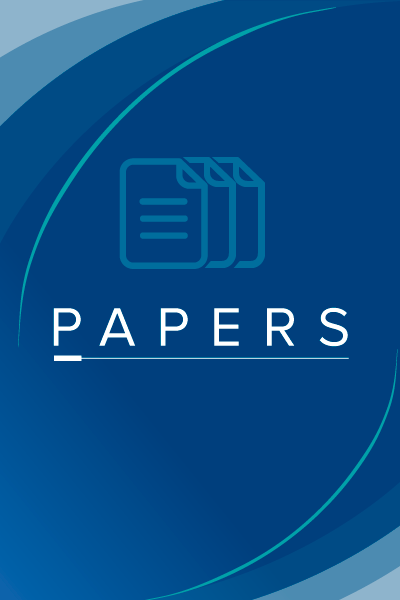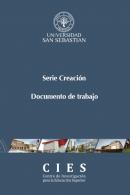
In-office cup biopsy and laryngeal cytology versus operating room biopsy for the diagnosis of pharyngolaryngeal tumors: Efficacy and cost-effectiveness
| PROCEDENCIA(S): | Ciencia y Medicina, USS de La Patagonia. |
|---|---|
| CATEGORÍA(S): | Cirugía, Medicina General e Interna, Otorrinolaringología, Servicios y Cuidados en Ciencias de la Salud. |
| AUTOR(ES): | Felipe Castillo Farıas / Ignacio Cobeta / Rosalia Souviron / Rafael Barbera / Elena Mora / Amparo Benito / Ana Royuela. |
| TIPO DE MATERIAL: | Artículos, Investigación. |
| ARCHIVO: |
 Reconocimiento CC BY. Esta obra está bajo una Licencia Creative Commons Reconocimiento CC BY 4.0 Internacional.
Reconocimiento CC BY. Esta obra está bajo una Licencia Creative Commons Reconocimiento CC BY 4.0 Internacional.
Background: In-office biopsy is an effective technique to diagnose the nature of pharyngolaryngeal lesions. Methods. We selected patients with pharyngolaryngeal lesions suspicious for malignancy. For in-office biopsy procedures, laryngeal cytology and direct laryngoscopy biopsy were performed, and diagnostic parameters and costs were estimated. Results. Eighty-eight patients were selected for this study. For laryngeal cytology, sensitivity was 70.3% (95% confidence interval [CI] 5 59.9% to 80.7%), specificity 100% with a positive predictive value of 100% and a negative predictive value of 50% (95% CI 5 35.2% to 64.8%). Inoffice biopsy sensitivity was 81% (95% CI 5 72.6% to 89.3%), specificity 100% with a positive predictive value of 100% and a negative predictive value of 20% (95% CI 5 2.5% to 37.5%). At our hospital, the use of in-office biopsies as a first approach for diagnosis saves $50,140.80 U.S. per annum. Conclusion: In-office biopsy is a more affordable technique that enables histologic diagnosis of pharyngolaryngeal lesions in a large percentage of patients.


